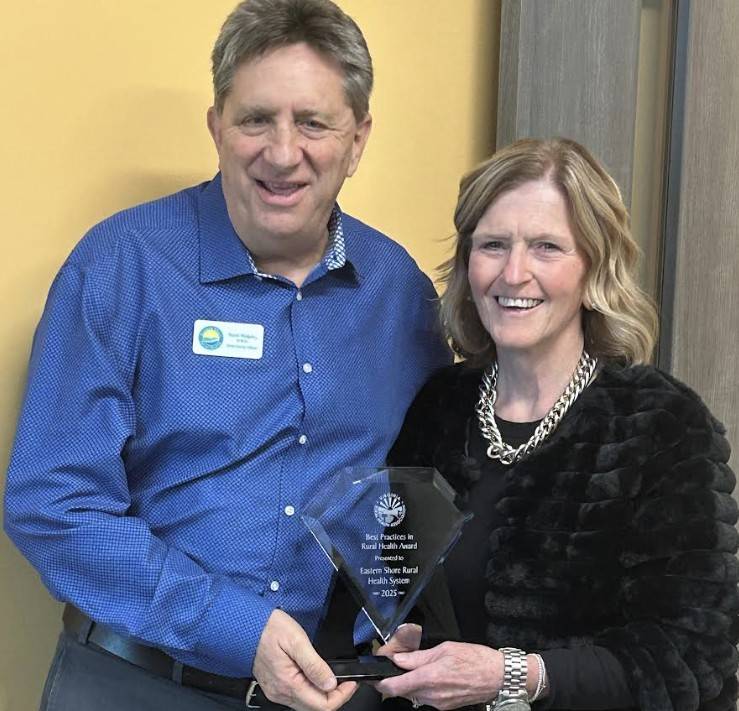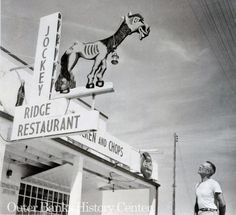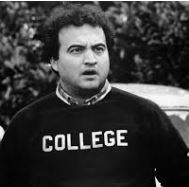In the depths of the Great Depression, as America grappled with economic uncertainty and social upheaval, Universal Studios unleashed something unprecedented upon moviegoers: a pantheon of monsters that would define horror cinema for generations. From 1931 to 1954, the studio created an interconnected universe of creatures that transformed both popular culture and the art of filmmaking itself.
The Birth of Modern Horror Cinema
The story begins in 1931 with two films that changed everything. Dracula, starring Bela Lugosi, premiered on Valentine’s Day, introducing audiences to a suave, sophisticated vampire who was as seductive as he was terrifying. Nine months later, Frankenstein shocked the world with Boris Karloff’s portrayal of the Monster—a performance so powerful that it overshadowed even the film’s titular scientist.
These weren’t just movies; they were cultural phenomena. Frankenstein was so frightening that some theaters posted warnings, and several states attempted to ban it. The film’s famous scene where the Monster accidentally drowns a little girl was cut from many prints and wasn’t fully restored until the 1980s.
The Golden Age Roster
Universal’s monster roster reads like a who’s who of horror mythology:
Dracula (1931) – Bela Lugosi’s hypnotic performance established the template for vampire portrayals. His Hungarian accent, deliberate speech patterns, and piercing gaze became so iconic that they’re still parodied today.
Frankenstein (1931) & Bride of Frankenstein (1935) – Boris Karloff’s Monster evolved from a grunting brute to a tragic figure seeking companionship. James Whale’s sequel is often considered superior to the original, blending horror with dark comedy and social commentary.
The Mummy (1932) – Karloff again, this time as Imhotep, the ancient Egyptian priest whose forbidden love leads to centuries of cursed existence. The film’s atmospheric dread relied more on mood than shock.
The Invisible Man (1933) – Claude Rains made his American film debut playing a character who’s barely seen. The groundbreaking special effects and Rains’ maniacal laughter created a unique blend of horror and dark humor.
The Wolf Man (1941) – Lon Chaney Jr. brought pathos to Larry Talbot, establishing werewolf mythology in popular culture. The film introduced the concept that werewolves could only be killed by silver and popularized the tragic curse narrative.
Creature from the Black Lagoon (1954) – The last classic Universal Monster, the Gill-man represented 1950s anxieties about evolution and the unknown. Originally filmed in 3-D, it spawned two sequels and influenced countless “creature features.”
The Artists Behind the Monsters
The success of Universal Horror wasn’t just about the monsters—it was about the visionaries who brought them to life:
James Whale directed Frankenstein, Bride of Frankenstein, and The Invisible Man with a distinctive style that combined German Expressionism with camp sensibility. His homosexuality, hidden during his lifetime, influenced his sympathetic portrayal of outsiders and monsters.
Tod Browning, who directed Dracula, came from a carnival background that informed his fascination with the grotesque and unusual. His follow-up, Freaks (1932), was so controversial it effectively ended his career.
Jack Pierce, the makeup artist, spent hours transforming actors into monsters. His Frankenstein Monster makeup—with its flat head, electrodes, and heavy brow—took four hours to apply daily. His work established the visual vocabulary of movie monsters.
Carl Laemmle Jr., the young head of Universal, championed these films despite internal resistance. At just 21, he recognized that horror could be both artistic and profitable.
Cultural Impact and Social Commentary
These films arrived during turbulent times, and their themes reflected contemporary anxieties:
The economic desperation of the Depression era made audiences sympathetic to monsters who were often victims of circumstances beyond their control. Frankenstein’s Monster didn’t ask to be created; Larry Talbot didn’t choose to become a werewolf.
Scientific advancement and its dangers permeated these films. Frankenstein warned about playing God, The Invisible Man showed science corrupting morality, and The Creature from the Black Lagoon reflected atomic age fears.
Xenophobia and otherness ran throughout the series. Many monsters were foreign—Dracula from Transylvania, Imhotep from Egypt—reflecting American isolationist anxieties. Yet the films often encouraged sympathy for these outsiders.
Sexual subtext was prevalent but coded. Dracula’s vampirism was inherently sexual, the Bride of Frankenstein rejected her intended mate, and the Creature from the Black Lagoon’s fascination with Kay Lawrence had clear undertones.
The Monster Rally Era
As the 1940s progressed, Universal began combining their monsters in crossover films:
- Frankenstein Meets the Wolf Man (1943)
- House of Frankenstein (1944)
- House of Dracula (1945)
- Abbott and Costello Meet Frankenstein (1948)
While these films were increasingly campy, they established the concept of shared cinematic universes decades before Marvel or DC.
Technical Innovations
Universal Horror pioneered numerous filmmaking techniques:
Makeup and Effects: Jack Pierce’s elaborate prosthetics set new standards. The transformation scenes in The Wolf Man used lap dissolves that required Lon Chaney Jr. to remain motionless for hours.
Sound Design: These early talkies experimented with sound in revolutionary ways. The electrical equipment in Frankenstein’s laboratory created an audio landscape that became synonymous with mad science.
Cinematography: German Expressionist influences brought dramatic shadows, canted angles, and Gothic atmosphere. Cinematographer Karl Freund (who directed The Mummy) had shot Metropolis and brought that aesthetic to Hollywood.
Music: Composers like Franz Waxman created leitmotifs for characters and established horror music conventions—the theremin in Bride of Frankenstein, swan lake in Dracula, and ominous three-note patterns.
The Decline and Legacy
By the 1950s, horror had shifted. Science fiction monsters replaced Gothic ones, and Universal’s creatures seemed quaint compared to atomic mutations and alien invaders. Television syndication introduced these films to new generations, transforming them from contemporary horrors to beloved classics.
The influence is immeasurable:
In Film: Every vampire movie owes something to Lugosi, every mad scientist to Colin Clive’s Henry Frankenstein. Directors from Tim Burton to Guillermo del Toro cite Universal Horror as fundamental influences.
In Literature: Writers like Stephen King and Anne Rice reimagined classic monsters for contemporary audiences while acknowledging their Universal predecessors.
In Popular Culture: The imagery is instantly recognizable—Frankenstein’s flat-topped head, Dracula’s cape, the Wolf Man’s furry face. These designs are more famous than the literary descriptions that inspired them.
Modern Resurrections
Universal has repeatedly attempted to revive their monsters with mixed success:
- The Hammer Films partnership (1958-1974) brought color and gore
- The 1999 Mummy franchise reimagined the property as action-adventure
- The failed Dark Universe (2017) attempted a Marvel-style shared universe
- Blumhouse’s The Invisible Man (2020) proved these properties could still terrify when properly reimagined
Why They Endure
The classic Universal Monsters remain relevant because they embody timeless fears and desires:
Frankenstein’s Monster represents our fear of technology and rejection, but also our need for acceptance and understanding.
Dracula embodies both our fear of death and our desire for immortality, sexuality, and power.
The Wolf Man explores the beast within civilized humanity and the struggle between our rational and animal natures.
The Mummy deals with the past’s grip on the present and love that transcends death.
The Invisible Man examines how power corrupts and the danger of unchecked ambition.
The Creature represents our fear of the unknown and evolution, while questioning who the real monsters are.
Conclusion: Immortal After All
Nearly a century later, Universal’s Classic Monsters haven’t just survived—they’ve become immortal. They transformed horror from Grand Guignol theater into a legitimate film genre. They gave us a visual language for fear that persists in everything from Halloween decorations to contemporary blockbusters.
More importantly, they taught us empathy for monsters. In making their creatures sympathetic, Universal Horror suggested that the real monsters might be the torch-wielding mobs, the obsessed scientists, or the society that creates and then rejects the different and unusual.
In our current era of reboots and reimaginings, these black-and-white classics remind us that the most effective horror has always been about more than scares. It’s about holding up a mirror—even a distorted, Gothic mirror—to our own fears, prejudices, and humanity.
The monsters of Universal Studios achieved what their fictional creators could not: true immortality. Not through reanimation or ancient curses, but through the enduring power of cinema to capture our darkest fears and transform them into art.
As Boris Karloff himself once said, “The monster was the best friend I ever had.” For generations of horror fans, that friendship continues, one full moon, one midnight screening, one perfectly delivered “It’s alive!” at a time.




Ms Iohnstone Thank you for writing this.
Please tell me you are not considering Angelo Manuel.
FRANK WENDELL FOR MAYOR!!!
Loved this. Thank you.
As it is being used by all of the political parties here and globally to keep the populace divided to…